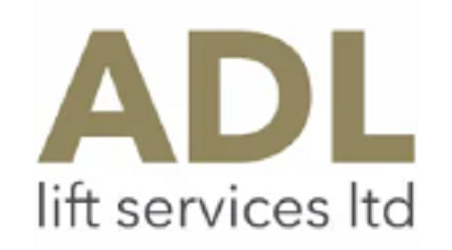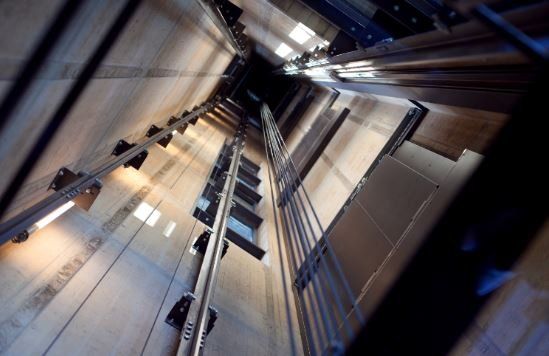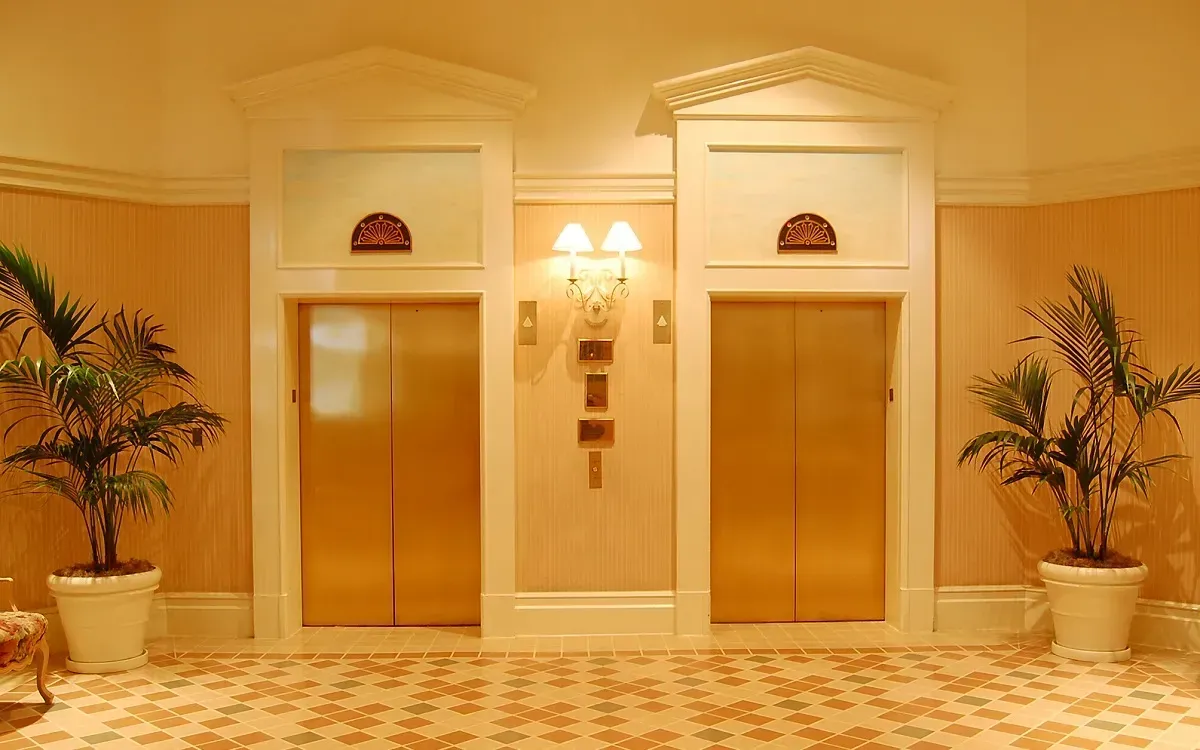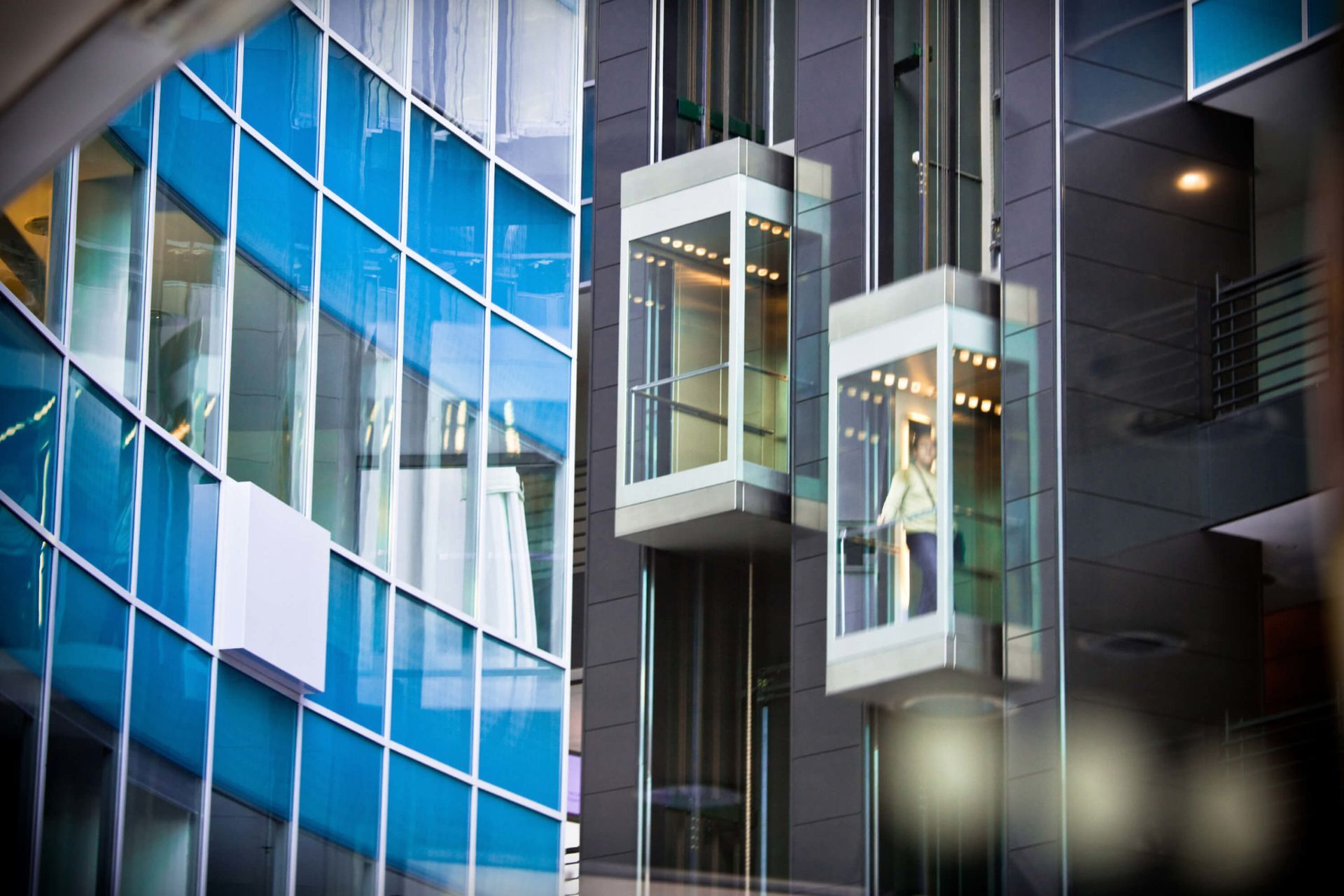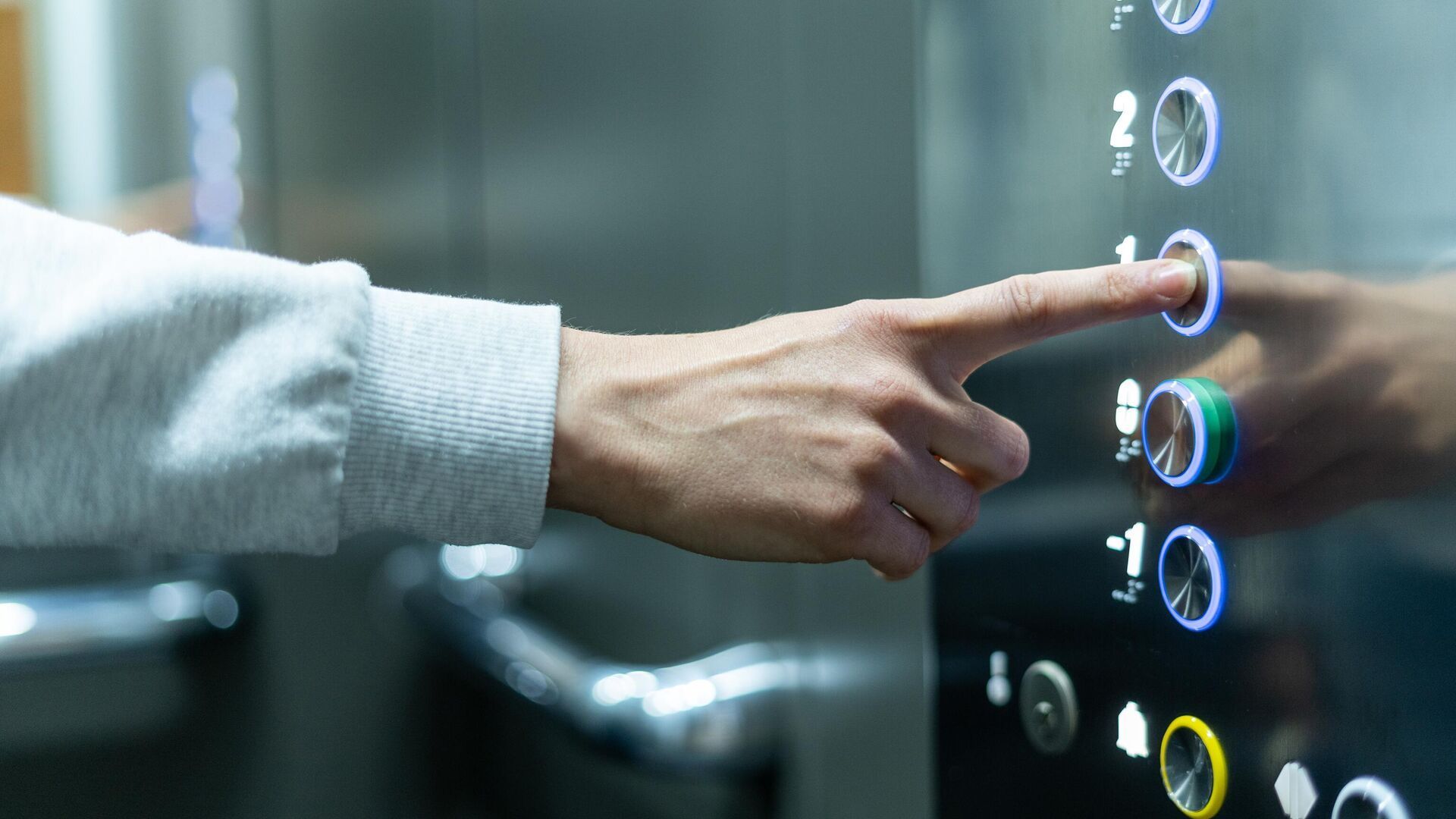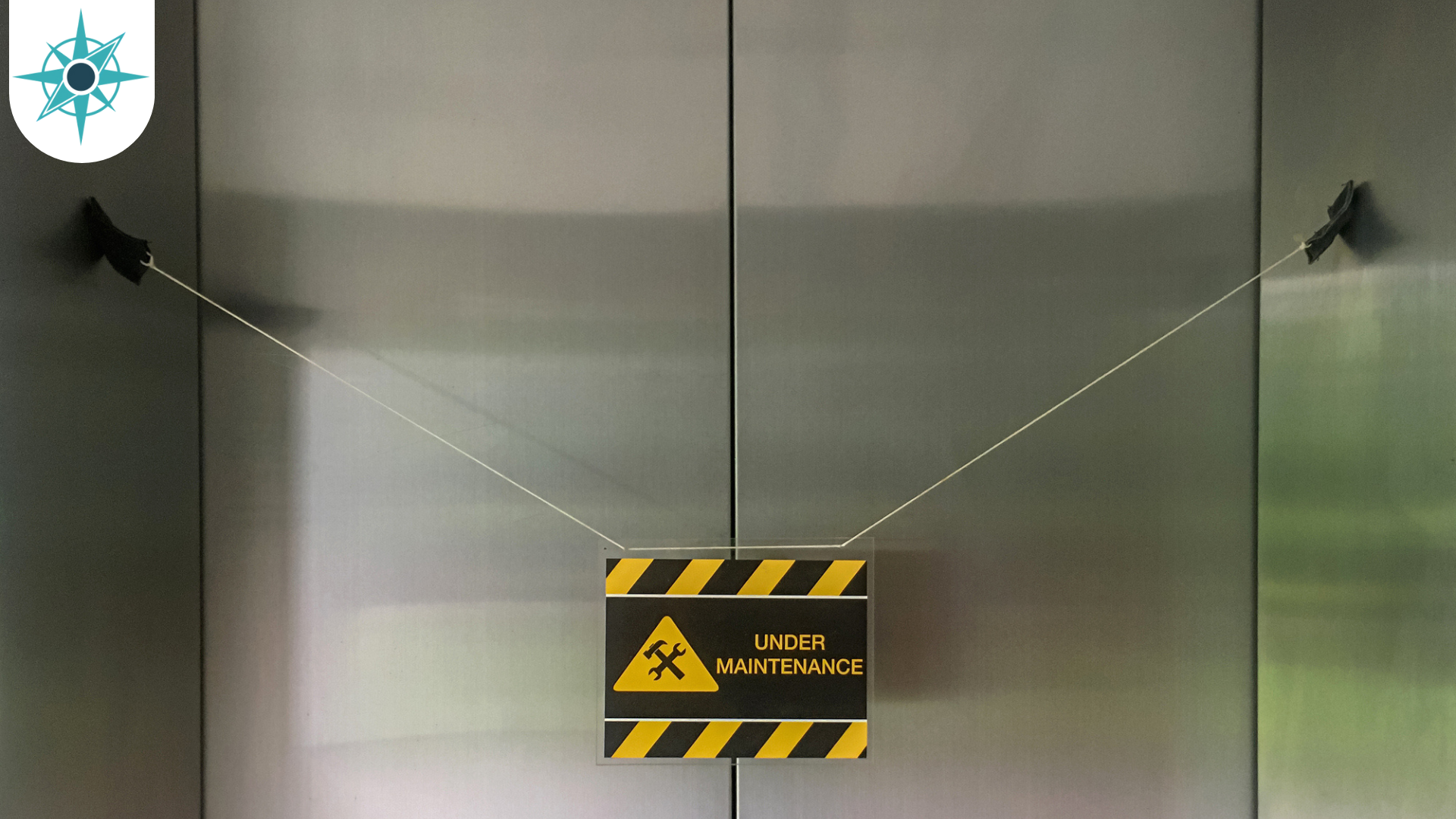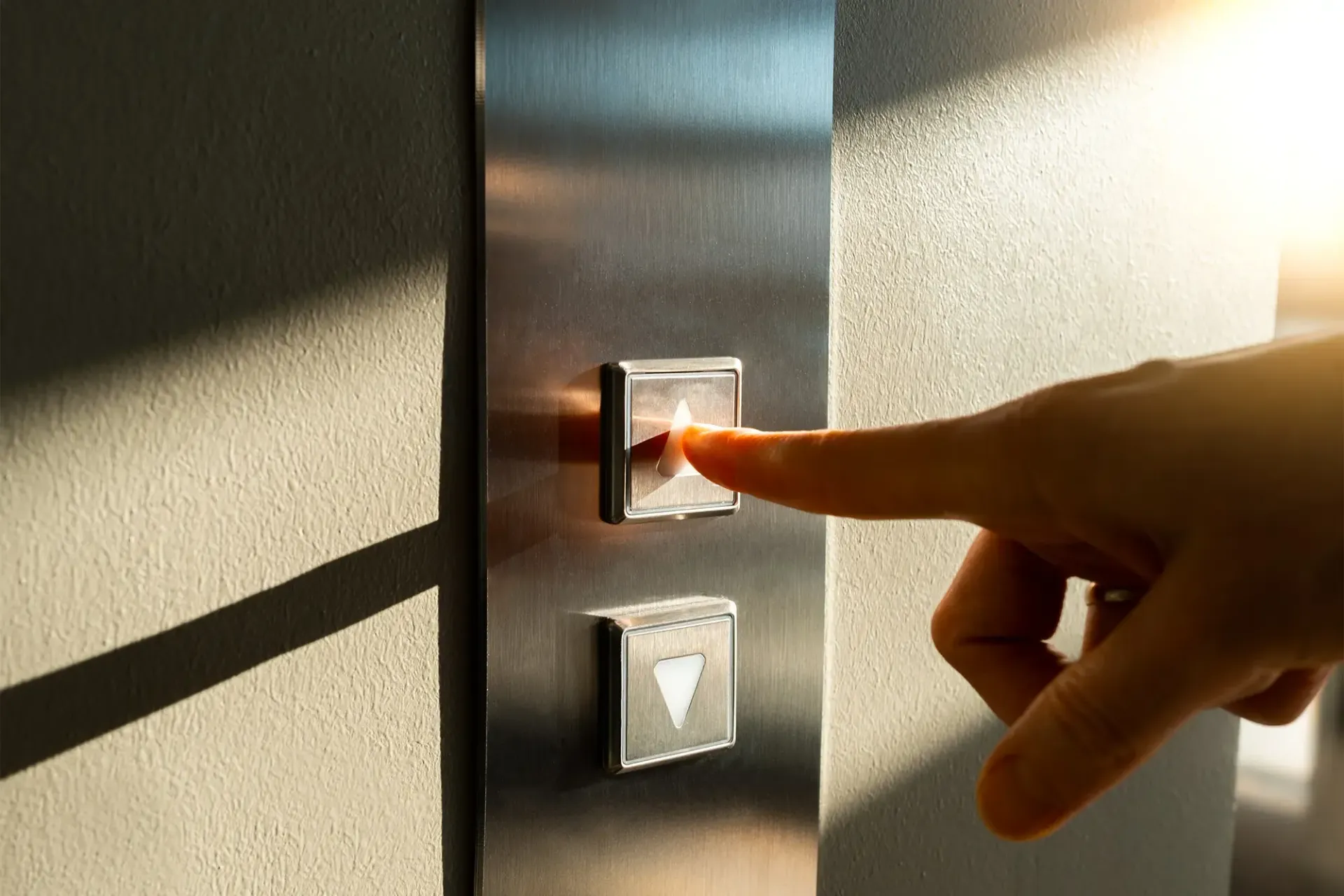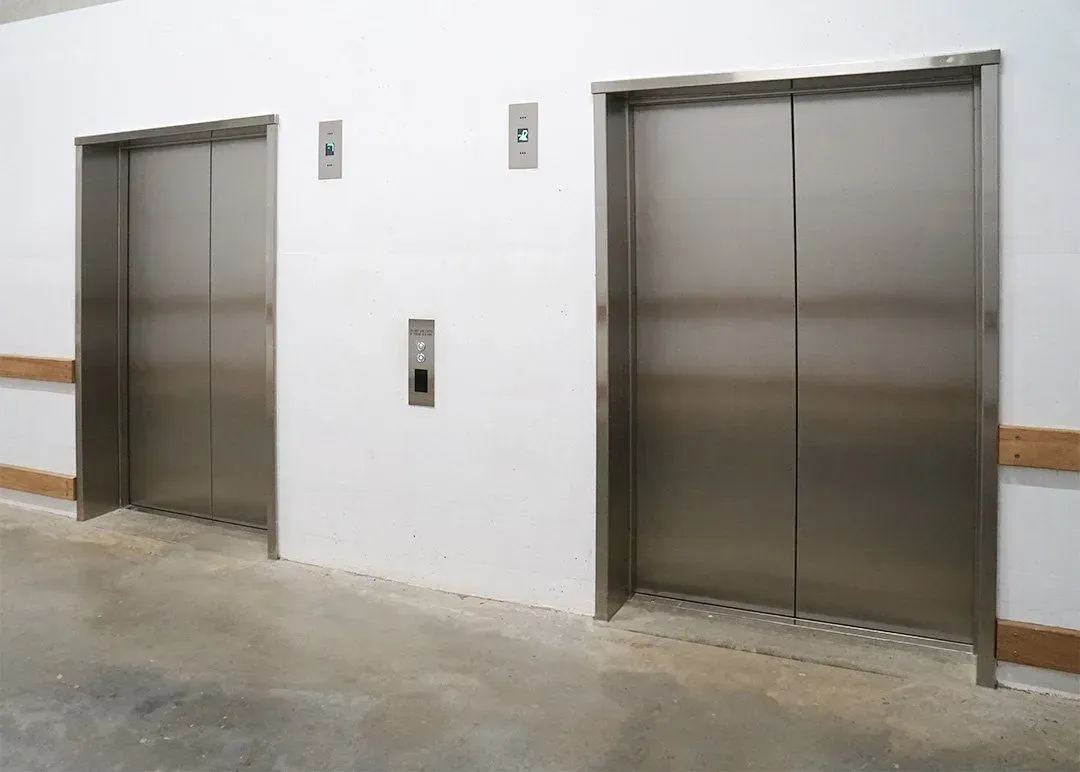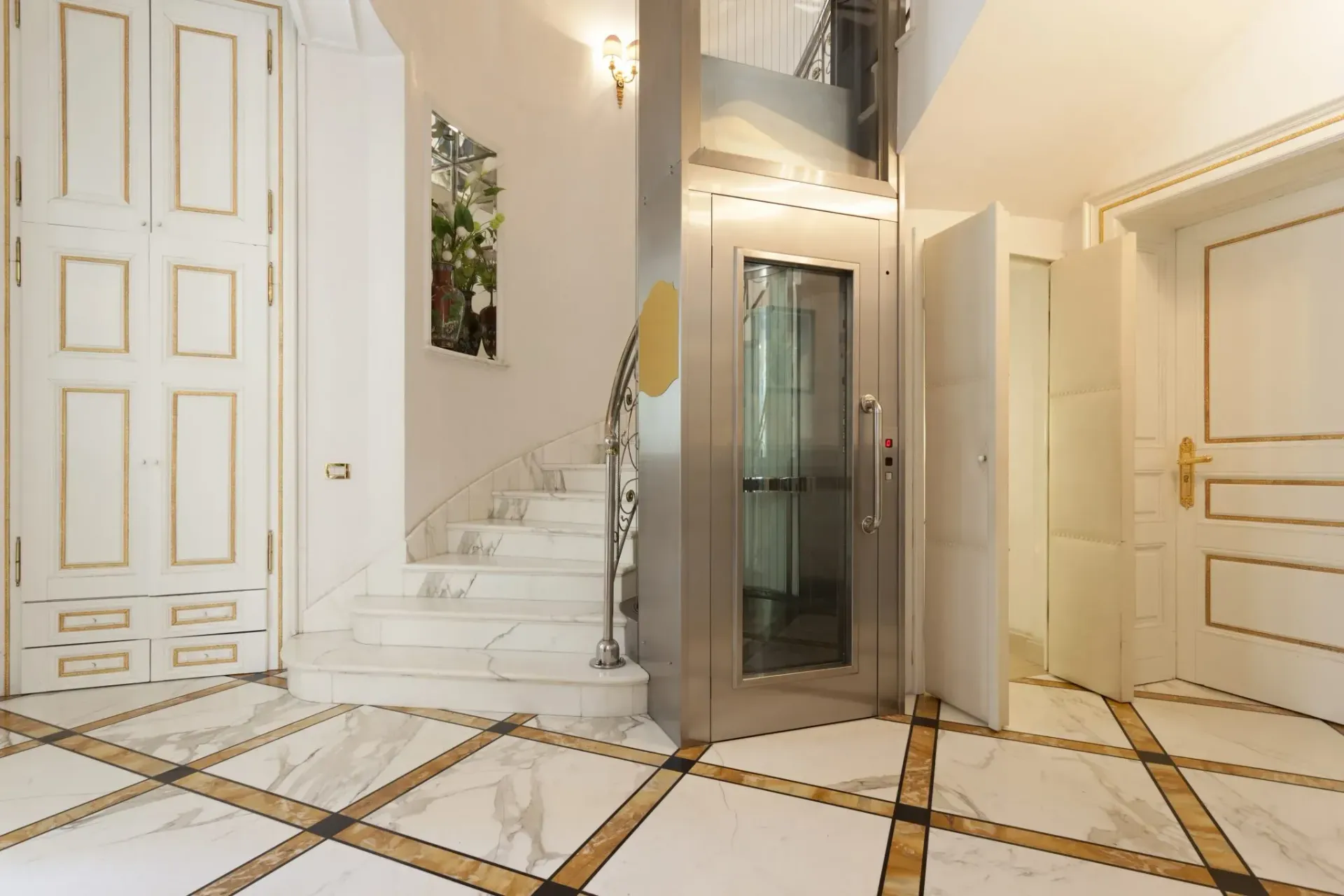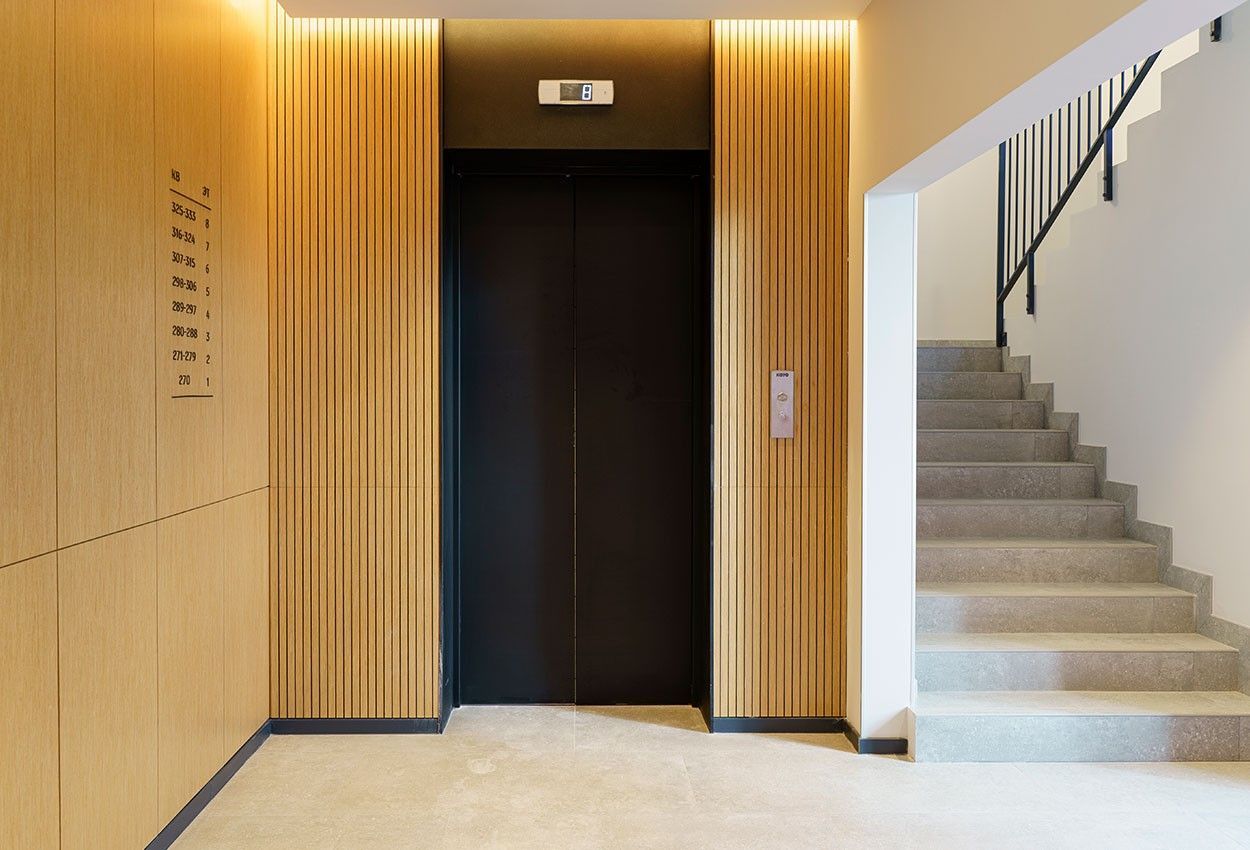The Ultimate Guide To Lift Servicing
Carrying out regular servicing on lifts within a building is crucial in ensuring safety and avoiding costly repairs. There is a range of components within a lift on which servicing is carried out. This includes parts such as suspension chains, hydraulics, overload detection devices, braking systems and overload detection devices. In addition to inspecting the quality of functional and safety-critical components, lift servicing also includes lubricating and cleaning any components as required. Discussing best practices with a lift servicing company can be a useful step in understanding what is required from an inspection and maintenance standpoint.
In some instances, it can make sense to upgrade a lift system for various reasons. In addition to the safety benefits, upgrading your elevator can also mean that it runs more efficiently reducing running costs. The disruption caused by broken lifts is significant so spending on lift repairs, maintenance or upgrades is a worthwhile investment in efficient operations. There are also regulatory requirements in place to ensure the safe use of lifts. LOWER and PUWER are both sets of regulations relating to the safety standards required with lifting equipment in the workplace. Regulatory compliance ensures the best safety outcomes for businesses using lifting equipment.
For further information on the key factors to consider when carrying out servicing or maintenance for your building’s lifts, read more below.
Regulatory Requirements For Elevator Inspection
In order to ensure the safe operation of lifts, there are a number of regulatory requirements for inspections, maintenance and repairs of lifts. Compliance with these regulations helps ensure the safe and efficient operation of lifts within businesses. The focus of the main regulations relating to lift safety is on carrying out regular inspections and servicing ensuring that repairs are carried out promptly before problems become more complex. In addition to requirements for inspections, maintenance and repairs there are also requirements for record-keeping ensuring that a clear set of information is maintained on lifting equipment in the workplace.
The main regulations that are relevant to lift safety are Lift Operations and Lifting Equipment Regulations 1998 (LOLER) and Provision and Use of Work Equipment Regulations 1998 (PUWER). Both LOLER and PUWER relate to many of the same safety considerations. Where the regulations in PUWER only relate to lifting equipment, PUWER relates to all equipment used in a workplace setting. To understand your obligations under both LOLER and PUWER it can be useful to discuss the different aspects of the regulations with an experienced lift engineer. By creating a plan for regular, scheduled maintenance you can ensure that your business is compliant with these regulations.
Lift Operations and Lifting Equipment Regulations 1998 (LOLER)
LOLER is a set of regulations relating to lift safety in workplaces. Created under the Healthy and Safety at Work etc. Act 1974, stipulations in these regulations relate to safety standards for lifting equipment and inspection requirements to ensure these standards are met. These standards relate to requirements for safe working loads for lifting equipment, passenger lifts and frequency of inspections.
In these regulations, it is defined that inspections are required to be carried out by a competent person considered to be an expert in the operation of lifting equipment meaning that safety issues can be clearly identified in inspections. Whilst these regulations stipulate the frequency of inspections as every six months for passenger lifts, it is stated in the regulations that a competent person inspecting the lift may decide that a different timescale is required.
In addition to lifts, a range of other equipment used for lifting functions is covered in the LOLER regulations. Some of the main pieces of equipment covered by these regulations include forklift trucks, cranes and hoists. As the set of regulations outlined in LOLER were created under the Health and Safety at Work etc. Act 1974, these regulations are legally required with lack of compliance leading to the risk of prosecution. By adhering to these regulations, you not only ensure that your lifting equipment is in safe working condition but also that any issues requiring repairs are identified early on and can be resolved cost-effectively.
Provision and Use of Work Equipment Regulations 1998 (PUWER)
PUWER is a statutory instrument relating to safety standards for workplace equipment. Similarly to LOLER, these regulatory requirements set standards for workplace equipment to ensure the best outcomes from a safety standpoint. However, the regulatory requirements outlined in PUWER relate to a much broader range of equipment than that covered in the LOLER regulations. These sets of regulations work together to ensure a comprehensive range of checks and balances are in place in workplace settings to ensure the safe function of a wide range of equipment.
How Frequently Is Lift Servicing Required?
There are a range of factors that impact the required frequency of lift inspections and servicing. Regulatory requirements stipulate that inspections are required a minimum of once every six months for lifts used to carry passengers and a minimum of once every twelve months for lifts used to carry loads. Carrying out inspections more frequently than this, especially where lifts are frequently used can be beneficial from a range of standpoints. Overall, frequent inspections and maintenance help to make sure that problems can be identified as early as possible before becoming more complex and costly.
Inspections are also required after substantial changes have been made to a lift system. Whilst LOLER outlines the requirements for frequency of inspections, if a different frequency is required this can be identified by a competent person carrying out the inspection. In addition to the regulatory requirements for inspections, it can be beneficial to implement a more frequent servicing schedule to provide a clear idea of the condition of a lift providing the opportunity to carry out prompt repairs and maintenance where necessary.
Modernising Lifts
One option, if lift servicing is becoming increasingly costly, is choosing to modernise the lift system within a building. One approach that can be taken is maintaining the core structure of a lift system whilst modernising the components where this is most required. If there are parts of a lift that do not meet the regulatory safety standards then modernising these components rather than replacing the entire system can often be the best use of resources.
There are instances where it may be necessary to carry out a more comprehensive upgrade of a lift system replacing more of the components. If there are safety issues raised in an inspection then discussing the available options with a lift service company can often be a helpful step in understanding the available options. Where it is viable from a safety and performance standpoint, choosing to modernise individual components within a lift system can be helpful in ensuring that the lift system is operational again quickly and efficiently.
Choosing A Lift Repair Service
When choosing a lift servicing company there is a number of factors to consider. It is often a good idea to work with a local company so any repairs can be carried out quickly and efficiently where required. It can also be a good idea to use a company with a 24/7 lift repair service to ensure that if a lift breaks down, substantial delays and disruption are not caused. In order to remain compliant with safety regulations, a lift service company can help you create an effective service and maintenance plan. Regularly consulting with specialist lift engineers on the regulatory implications of different planned changes to a system is often a good step to create the best plan moving forward.
Contact ADL Lift Services for Lift Installations, Maintenance And Repairs
With offices in Motherwell, Glasgow and Aberdeen, our expert team at
ADL Lift Services can provide efficient and cost-effective installations, maintenance and repairs throughout the UK. Our industry experience in lift design, modernisation, installation, maintenance and repairs means that our specialist engineers have a clear understanding of the full range of safety and performance considerations in lift systems. To discuss how we can assist with your lift servicing requirements, get in touch with our team today by calling our team at 01698 277 009 or emailing us at
info@adlliftservices.com.
